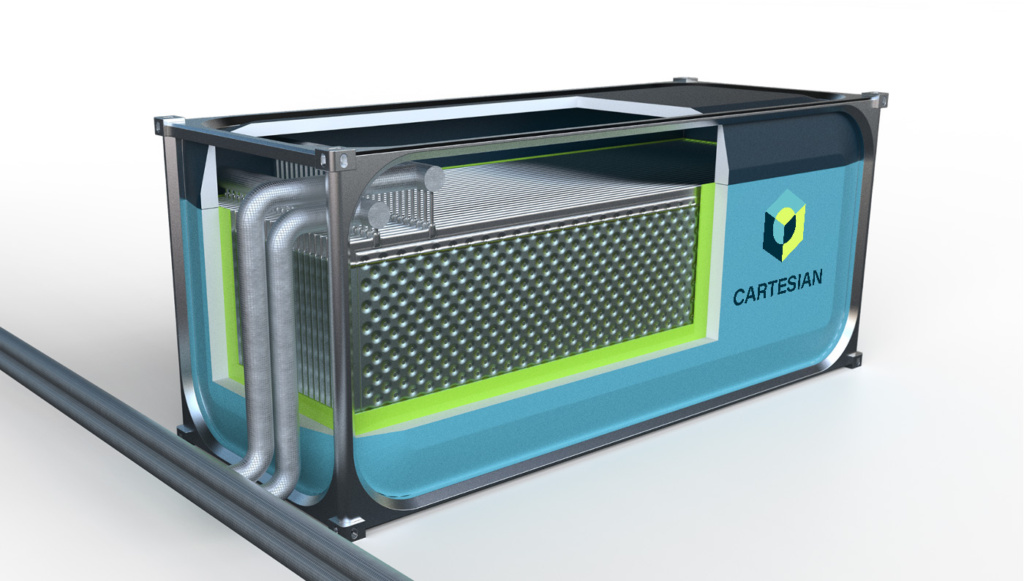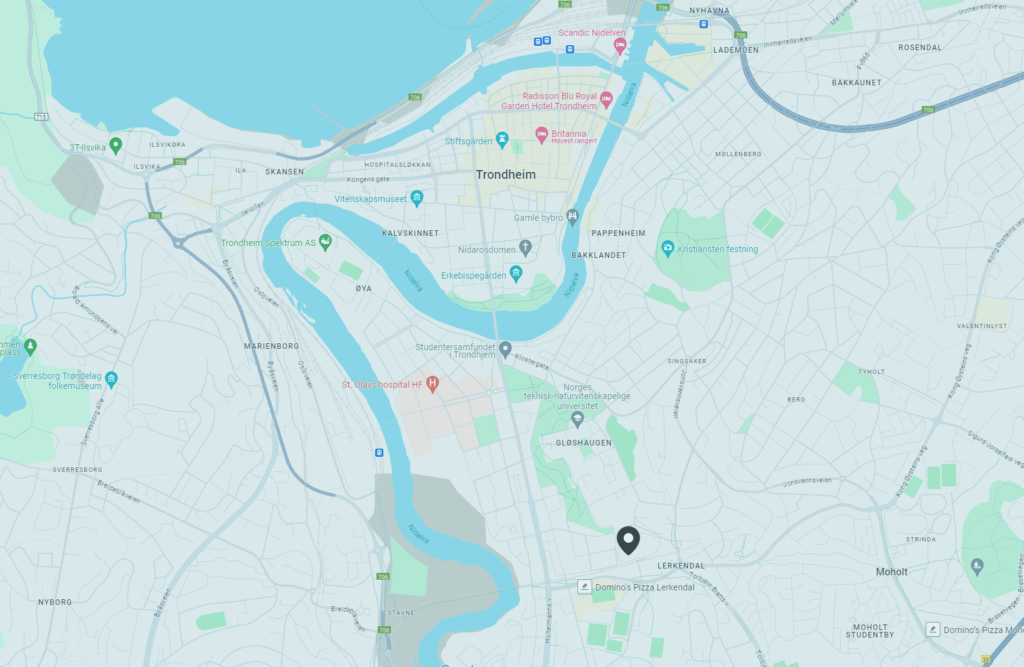
SINTEF in Trondheim has been focusing on phase change materials (PCMs) for the last ten years. Over 300 different materials have been cataloged, with 50 intensively tested to evaluate their efficacy as energy storage mediums. They have now narrowed it down to around ten promising materials and are planning a European rollout.
Cold and heat
The story began with two researchers working in the same city but at opposite ends of the temperature spectrum. Alexis Sevault, at SINTEF Energy, was working on a heat storage technology aimed at decarbonizing large buildings and industrial processes. At NTNU, Håkon Selvnes was pursuing his PhD, focusing on compact cold energy storage.
When they met as colleagues at SINTEF, they realized the same technology could be used to store both heat and cold.
Last year, Cartesian AS was founded with the goal of bringing the results of their meeting and subsequent research to the forefront of the green transition.
“We have great confidence in this, and we see that investors share our optimism,” says Frode Iglebæk, CEO of Cartesian.
The Research Council of Norway is also enthusiastic about the work done, recently granting 7.2 million NOK to further develop the technology.

Multiple Demo Plants
So far, the Cartesian Thermal Box has been operational at a pilot plant in Trondheim, at the Zero Emission Building (ZEB), where SINTEF and NTNU are housed. The optimism revolves around the efficient storage and retrieval of thermal energy using the PCMs identified by the research project.
For different purposes and climate zones, different materials will be suitable for energy storage in the transition between liquid and solid states. At the ZEB laboratory in Trondheim, a steel container houses a bio-based wax that liquefies at temperatures above 37 degrees Celsius.
“This spring, we are launching a new demo at a Rema store in Mjøndalen, where cold will be stored, and water will be the phase change material,” Iglebæk explains.
European Ambitions
“Storing energy in phase change materials is not new. The knowledge lies in understanding which materials are suitable and how to design the thermal box. Much of the research effort has focused on this,” says Iglebæk. They have also ensured that the materials chosen are commercially available.
“The major market is for cooling buildings in Europe. Water is the best material for this purpose as it is cheap and readily available.”
Later this year, a third test facility will be installed in KLP’s 19,000 square meter office building in Trondheim before Cartesian cautiously expands into Europe with a test facility in France. Iglebæk is currently keeping further details under wraps.

For Large Installations
Last year, the government’s Energy Commission released a report on future energy use and needs. The commission concluded that efficient and flexible energy use is vital for the economy, power balance, and supply security. This is where Cartesian positions itself.
“From a societal perspective, it is desirable to even out energy usage and flatten peaks. The value lies in the thermal battery being charged at night when energy prices are low and availability is high. Then, the energy can be drawn from the storage during the day instead of from the power grid. Over 24 hours, this provides a more balanced consumption profile. We call it load shifting and reducing peak load,” says Iglebæk.
The investment costs for the system are substantial, making it particularly viable in buildings over 15,000 square meters where energy consumption varies throughout the day, such as office buildings that are vacant in the evenings.
Environmental Focus
The next year or two will be spent gathering data, building operational experience from the demo plants, and securing funding for further growth. The location of the box’s production is yet to be decided, but Iglebæk emphasizes the importance of manufacturing close to the market to avoid unnecessary transportation of large and heavy equipment.
“It is a core principle for us to be as environmentally friendly as possible. We are working on reducing the weight of the equipment, among other things.”
Progress takes time. However, by 2025 or ’26, they envision the Cartesian Thermal Box in commercial production.
“Our dream is to bring this to the world, to Europe, and contribute to greater flexibility in the energy system. There are many pieces needed for a green energy transition. This is one of them,” asserts Frode Iglebæk.
Stay updated
Follow Cartesian on LinkedIn

